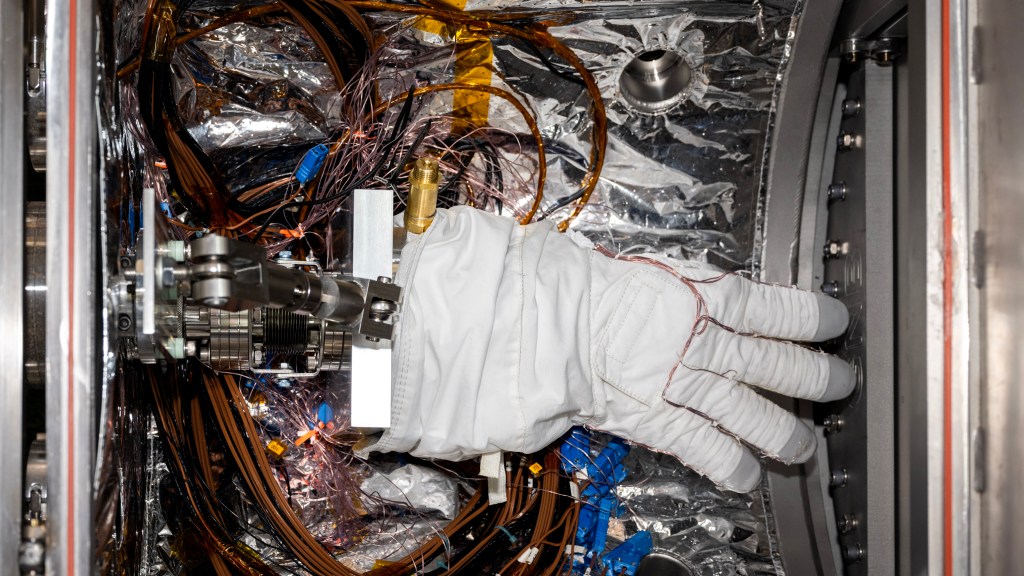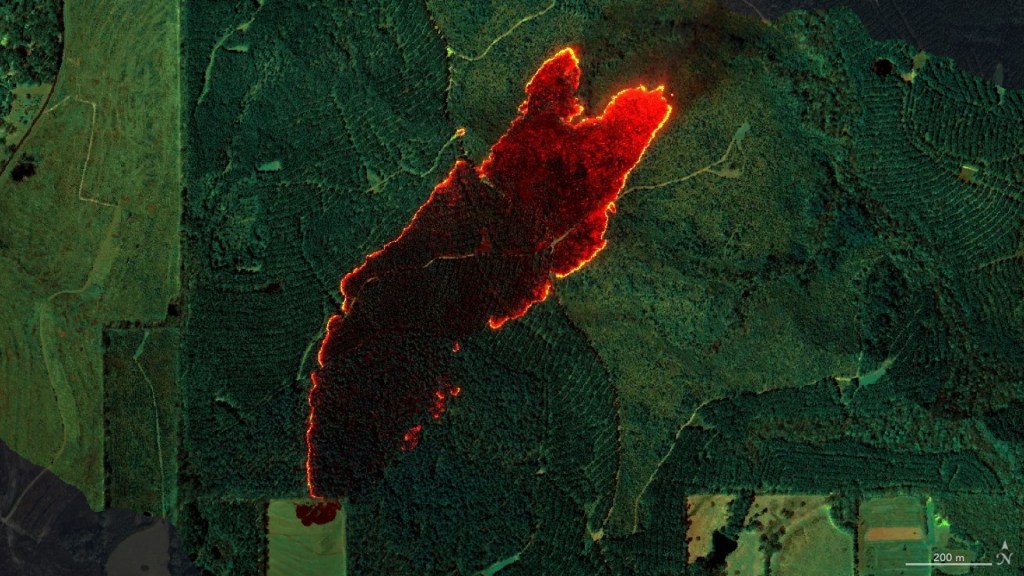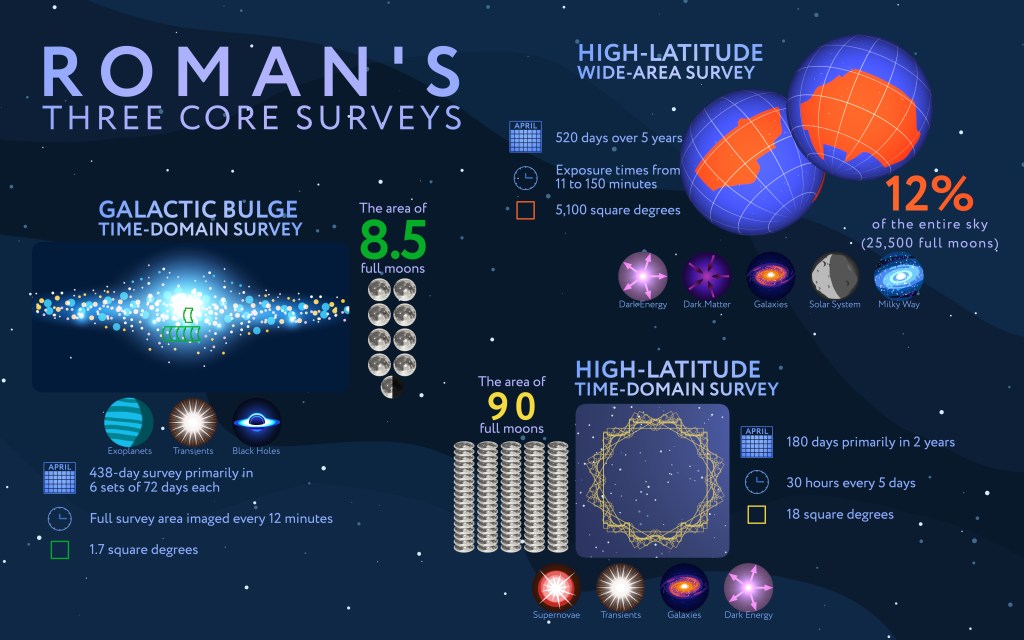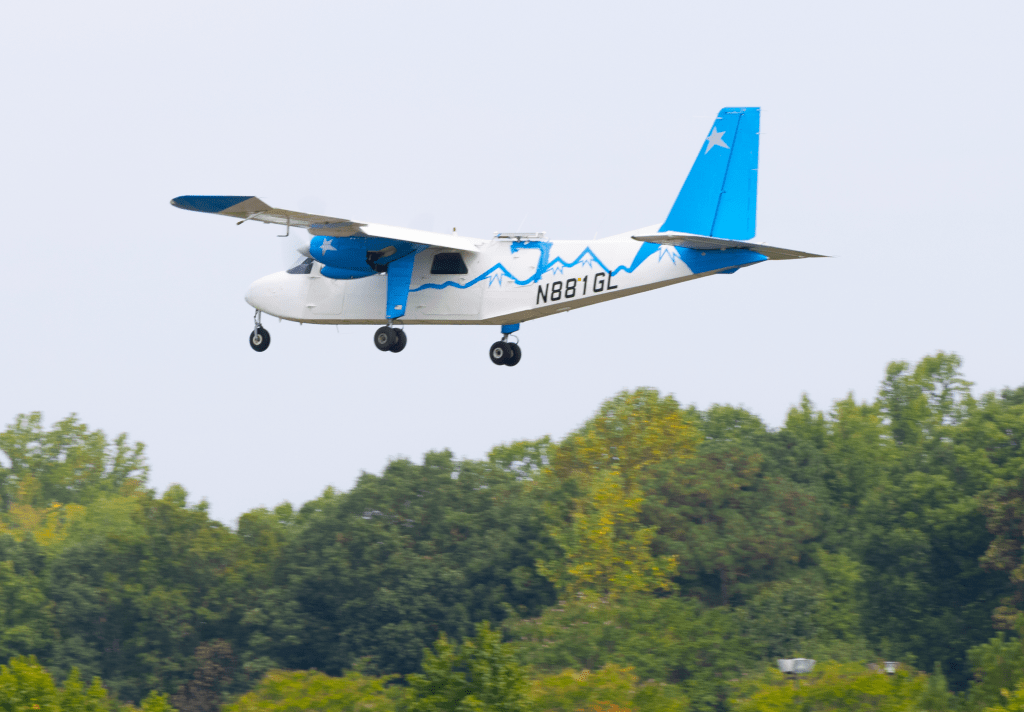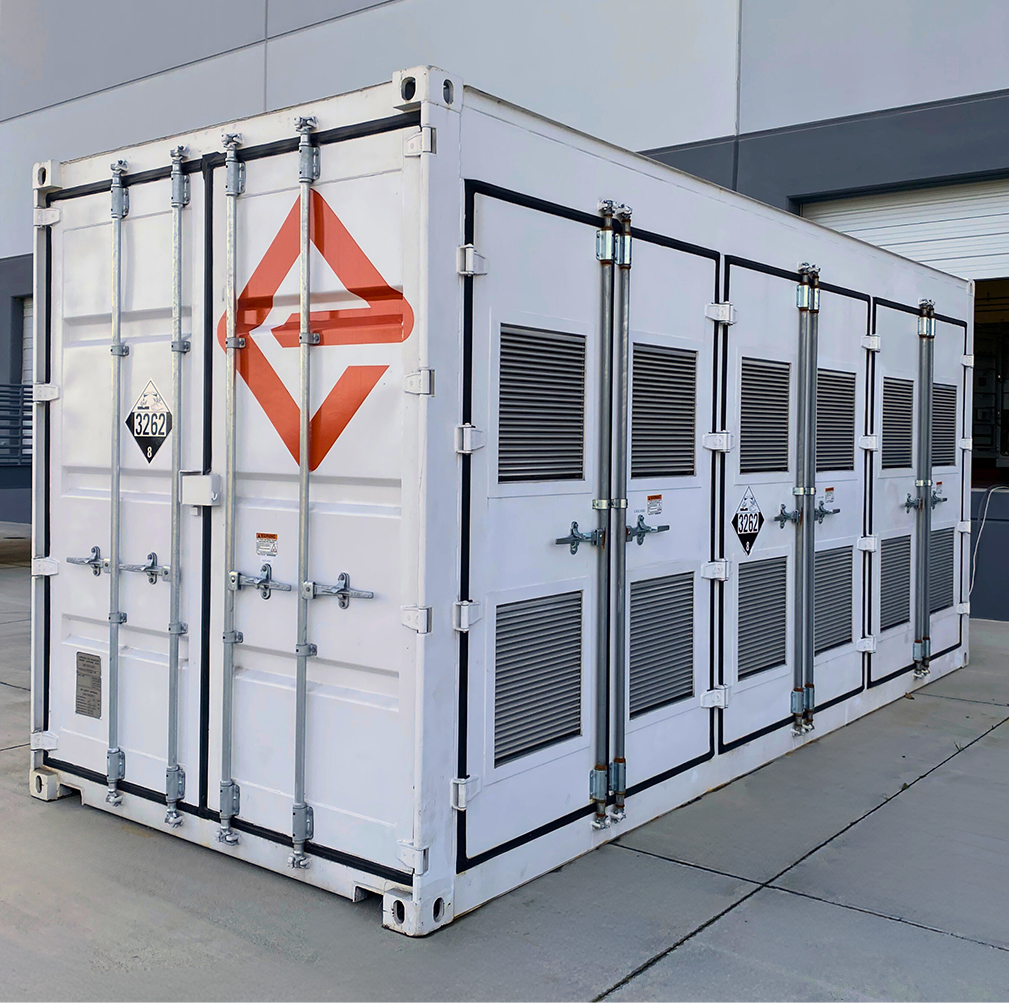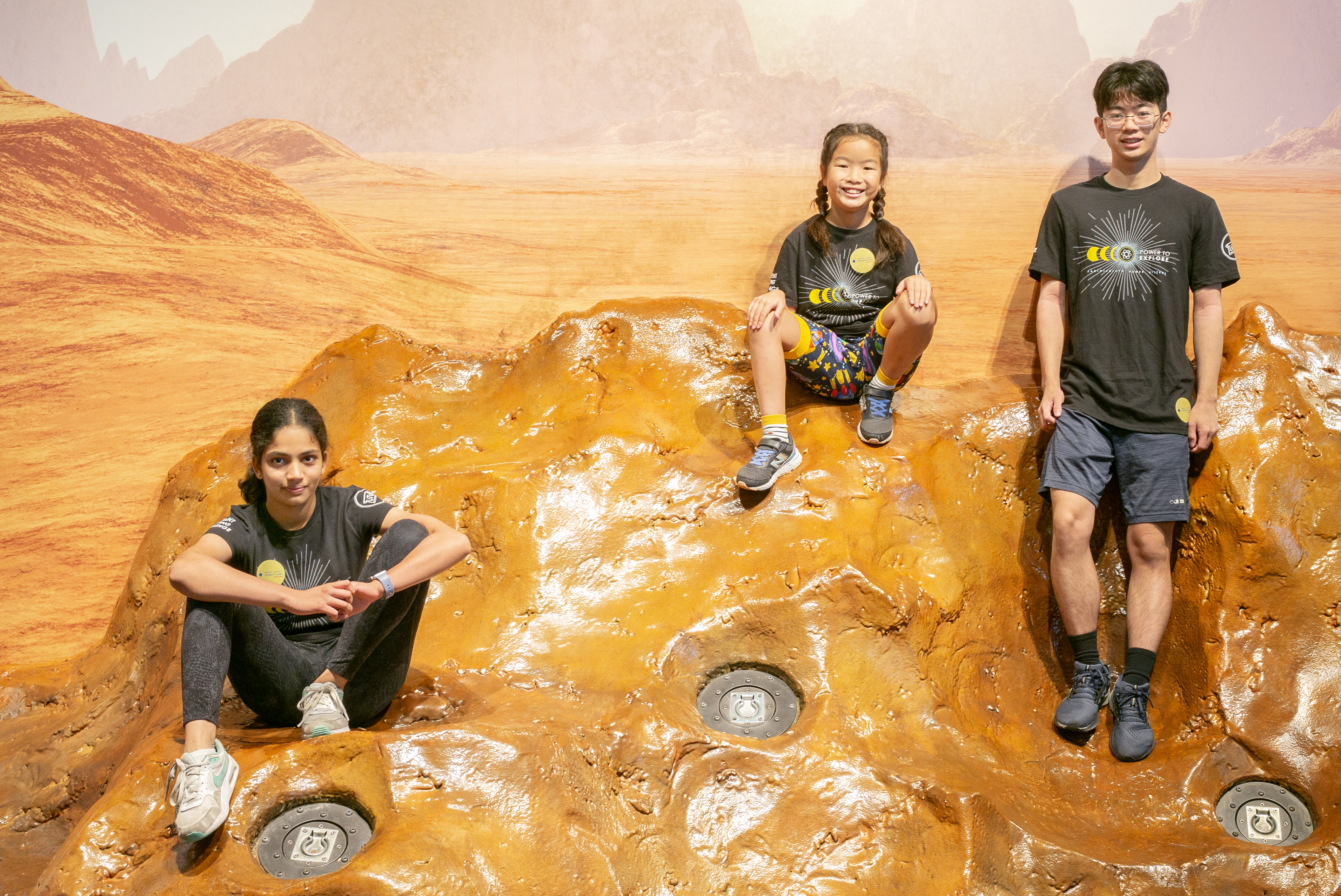Martian Reminder of a Pioneering Flight (Figure 1)
| Credit | NASA/JPL-Caltech |
|---|---|
| Language |
|
Names related to the first solo nonstop flight across the Atlantic have been informally assigned to an elongated crater that NASA's Mars Exploration Rover Opportunity is studying, and to features within it.
The "Spirit of St. Louis Crater" and a rock spire called "Lindbergh Mound" are shown in this false-color image from Opportunity's panoramic camera (Pancam). The names carry references to Charles Lindbergh's ocean crossing in the airplane Spirit of St. Louis, designed by Charles D. Hall. Lindbergh named the plane to recognize financial backing for the flight from St. Louis residents, including Harold M. Bixby and Harry H. Knight.
The landscape is presented in false color to make differences in surface materials more easily visible. An unannotated version of the image is at http://photojournal.jpl.nasa.gov/catalog/PIA19394.
The shallow Spirit of St. Louis Crater is about 110 feet (34 meters) long and about 80 feet (24 meters) wide, with a floor slightly darker than surrounding terrain. Lindbergh Mound is about 7 to 10 feet (2 to 3 meters) tall, rising higher than the crater's rim.
Figure 1 includes labels showing informal names given to some of the features in and near "Spirit of St. Louis Crater," including "Lindbergh Mound" for the spire. Most of the names refer to the first nonstop solo flight across the Atlantic, by Charles Lindbergh, who named his plane Spirit of St. Louis to recognize financial backing for the flight from St. Louis residents including Harold M. Bixby and Harry M. Knight. The plane's designer was Donald A. Hall.
For more about Opportunity's mission, see http://mars.nasa.gov/mer .


